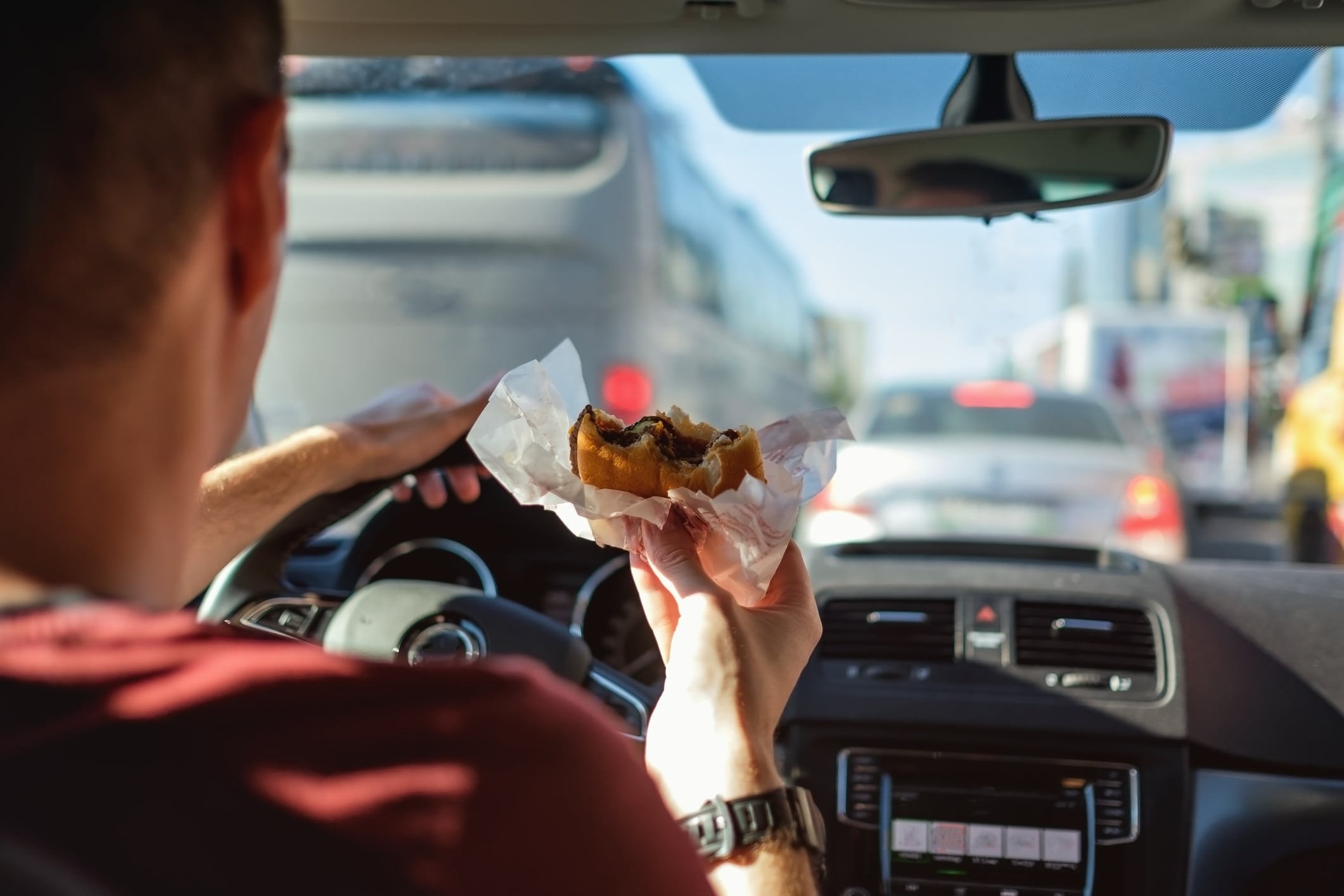Diversions such as changing the radio station, reaching for snacks in the car or fiddling with car seat or GPS adjustments may all divert drivers’ attention away from driving and cause serious accidents and serious injuries.
Eyewitness accounts, cell phone records, social media posts and other evidence can demonstrate distracted driving in your accident case. A distracted driving accident lawyer can help your personal injury suit by gathering this evidence for use against them.

Cell Phones
Cellphones are one of the primary causes of distracted driving. Talking, texting and using apps while driving are all dangerous activities that could cause an accident. Many states have banned talking while driving while some go so far as prohibiting texts and even all cellphone use for drivers altogether.
The National Transportation Safety Board (NTSB) has called for an outright ban on all cell phone conversations while driving, although only 16 states currently enforce such bans.
Studies have shown that when reading text messages while driving, your eyes are off of the road for approximately five seconds – enough time for an accident to occur. Other distracting cellphone activities could include changing radio stations, reaching for something in your car or eating.
Texting
Texting while driving is a prevalent form of distracted driving that has resulted in numerous fatal crashes. According to a survey conducted by The Zebra using NHTSA, CDC, and NSC data as sources, drivers ages 18-24 incorrectly assumed texting while driving is illegal everywhere they drove in America.
Drivers typically need five seconds to read one text message at 55 mph, meaning that they’re leaving the road for almost the length of a football field while doing it.
Texting while driving is one of the most dangerous forms of distraction while driving; tickets for such behavior could cause your insurance rates to skyrocket as a result, making having appropriate car coverage even more vital for teenage drivers.
Drinking and Eating
Texting while driving may be common, but eating behind the wheel can be just as dangerous. With drive-thru restaurants becoming increasingly common in Los Angeles and Las Vegas, it has become easy to grab food while driving – an activity which could potentially cause serious car accidents due to distracted driving.
Food and drink can be an irresistibly distracting distraction while driving, taking both hands off of the wheel while also handling paper bags, wrappers and sauce packets that could fall to unexpected places and lead to dangerous accidents.
Even though many states prohibit cell phone usage while driving, no state prohibits drivers from eating and drinking while on the road. As such, police officers may find it challenging to pull over drivers who are engaging in such behaviors while behind the wheel.
Changing Radio Stations
Radio station changes may seem harmless enough when driving, but they can become an unnecessary distraction and increase your risk of an accident. Manual distractions include anything that requires taking your hands off the wheel – such as eating or changing radio stations.
Any time spent engaged in distracting activities increases your risk of an accident significantly, and is one of the leading causes of car crashes, often leading to severe injuries.
Establishing fault in distracted driving cases involves collecting evidence to demonstrate that the at-fault driver was both visually and manually distracted when they caused the accident. Evidence such as photographs, witness testimony, and video footage may all play a vital role. Our attorneys can assist in gathering this evidence while protecting your rights throughout this process.
Passengers
The common belief that passengers distract drivers is largely fueled by films and TV depictions of overly chatty backseat drivers and passengers as common sources of distraction for drivers. Unfortunately, though, distraction is less prevalent than most believe.
Passengers can often serve as invaluable safety resources. They can alert the driver to things he might have missed, such as pedestrians or animals crossing the road or unfamiliar roads that require navigation assistance, as well as assist them with tasks like reaching for items in the backseat or adjusting radio stations or air conditioner settings.
As passengers can provide extra eyes and ears for new drivers, it is strongly suggested they limit the number of passengers riding along in their vehicle as much as possible.
